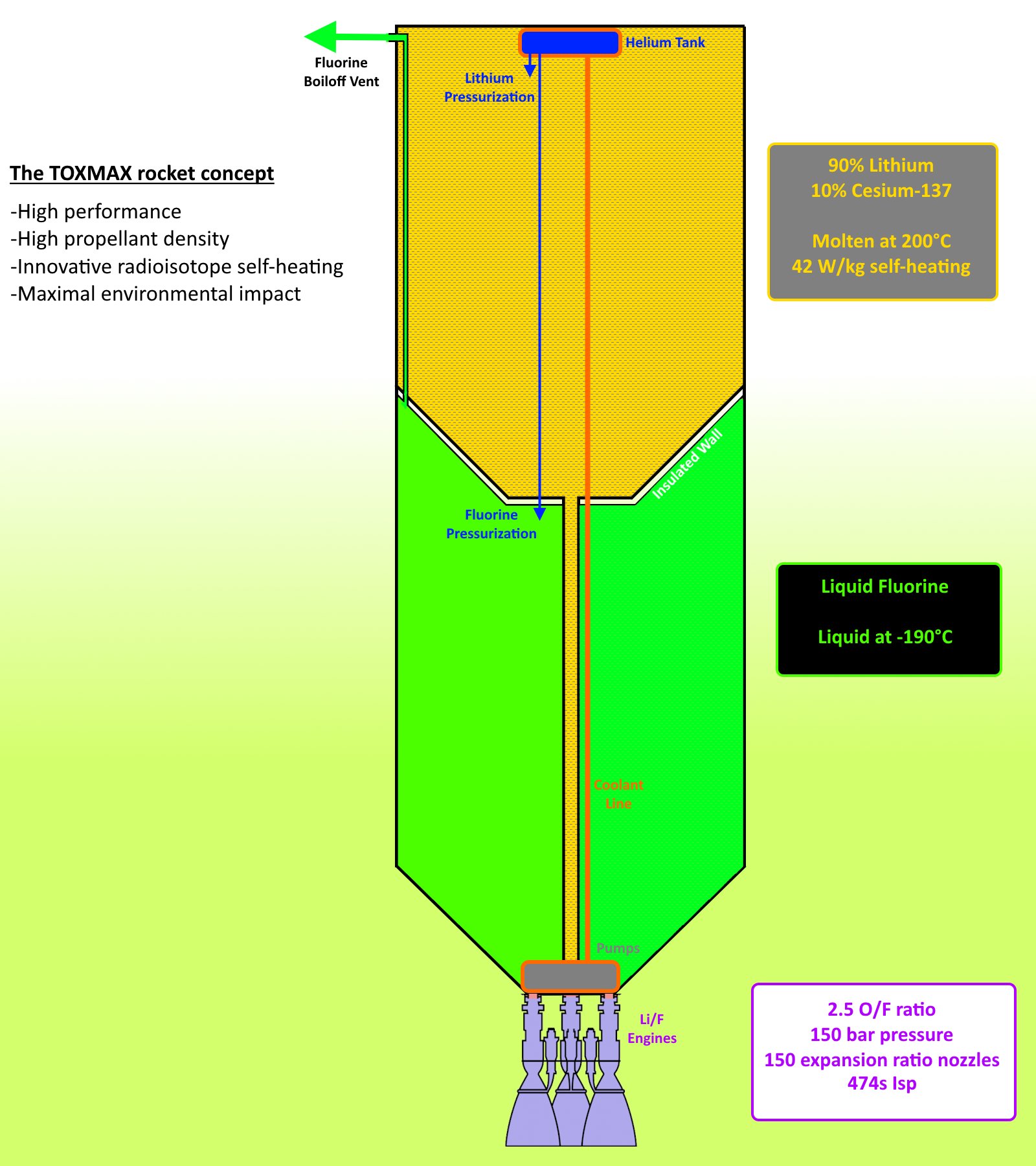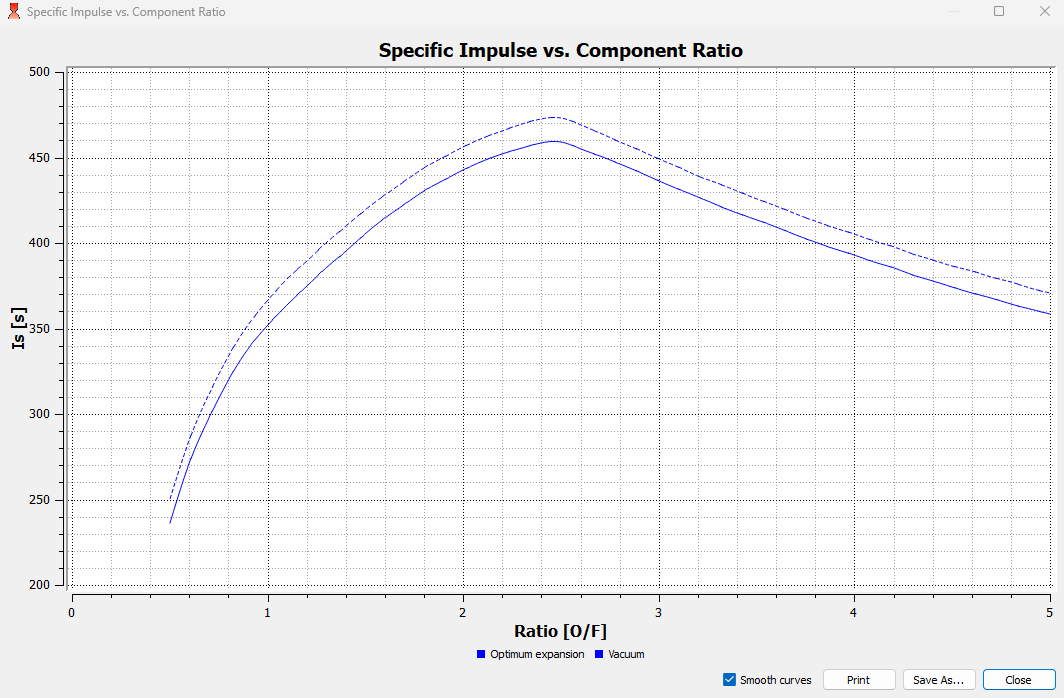- Joined
- 13 August 2007
- Messages
- 7,149
- Reaction score
- 6,522
this was attempt to build most powerful chemical engine with Isp over 500 sec
it burns liquid Hydrogene and Fluorine and injects liquid Lithium into Combustion chamber as "afterburner"
This here is related to Chrysler studies for Tripropellant rocket stages:
Here Video that explain the madness:
View: https://www.youtube.com/watch?v=KX-0Xw6kkrc
it burns liquid Hydrogene and Fluorine and injects liquid Lithium into Combustion chamber as "afterburner"
This here is related to Chrysler studies for Tripropellant rocket stages:
Here Video that explain the madness:



